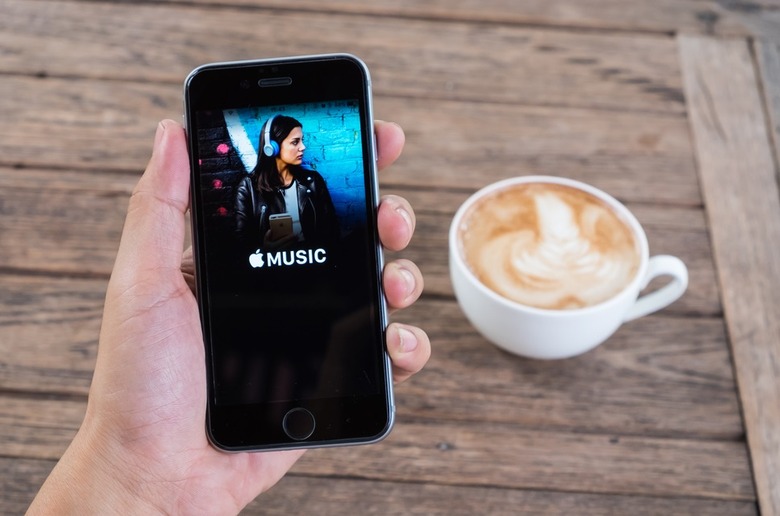Apple Music And Spotify Will Finally Matter For Billboard Charts
The music industry has undergone two tectonic shifts over the last 15 years or so. The first shift occurred when the iPod, along with the iTunes Music Store, completely changed the way we listen to and purchase music. Whereas music lovers back in the day would often compile sweeping collections comprised of hundreds, if not thousands, of CDs, the iPod instantly showed us a much more efficient way.
The second shift was the transition from buying music to subscription-based music. Over the past few years, the growth of streaming based music services like Spotify and Apple Music has been meteoric. These days, Spotify boasts more than 60 million paying subscribers and more than 140 overall users. Not to be outdone, Apple Music continues to grow as well, with Apple's own take on streaming music now boasting 30 million subscribers. And that, of course, is to say nothing of other streaming services from the likes of Google, Tidal, and others.
In an effort to better reflect the changing musical landscape, Billboard this week announced that it was going to start placing greater weight on streamed music from paid sources when tabulating the rankings for its Billboard Hot 100 and Billboard 200 charts. In other words, a user streaming the latest Drake song on Spotify or Tidal will carry more weight than a user streaming that same song via YouTube or Spotify's free tier.
Beginning in 2018, plays occurring on paid subscription-based services (such as Amazon Music and Apple Music) or on the paid subscription tiers of hybrid paid/ad-supported platforms (such as SoundCloud and Spotify) will be given more weight in chart calculations than those plays on pure ad-supported services (such as YouTube) or on the non-paid tiers of hybrid paid/ad-supported services.
In 2018, Billboard will have multiple weighted tiers of streaming plays for the Hot 100, which take into account paid subscription streams, ad-supported streams, and programmed streams. Streaming, along with all-genre radio airplay and digital songs sales data, make up the three metrics of the Hot 100's methodology.
As Billboard tells it, their new methodology will paint a more accurate picture of which songs users are most engaged in.
